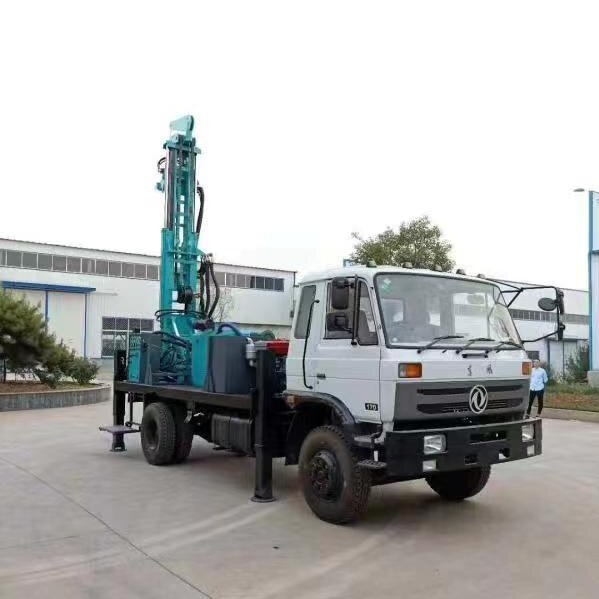The cost of drilling a 300 meter water well is a complex issue as it is affected by a number of factors. Here are some of the main influencing factors and the approximate cost components to help you understand it better:
The main factors affecting the cost of drilling a 300-meter water well:
Geological conditions: Geological formations, rock hardness, aquifer depth and water volume vary greatly from region to region, which will directly affect the difficulty and duration of drilling, and thus the cost. For example, drilling in hard rock formations is much more difficult and expensive than drilling in soft, sandy soil.
Drilling equipment and technology: The type of drilling equipment (e.g., rotary drilling rigs, percussion drilling rigs, etc.) and the level of technology used also affect costs. Advanced equipment and techniques are usually more efficient, but the initial investment is also greater.
Well diameter and casing: The larger the diameter of the well, the more material and work required, and naturally the higher the cost. The material and quality of the casing will also affect the cost.
Water source conditions and water yield requirements: If groundwater resources are abundant, the water yield can easily meet the requirements, and the cost of drilling the well is relatively low. Conversely, if groundwater resources are scarce and deeper drilling or other measures are required, the cost will increase.
Location and accessibility: The accessibility of the construction site will also affect the cost, with transportation and labor costs higher in remote or inaccessible areas.
Labor Costs: Labor costs vary from region to region, which can also affect the total cost of drilling.
Other costs include survey fee, design fee, EIA fee, acceptance fee, etc.

If you need to buy a 300m water well drilling rig, click the link below to contact us to get in touch with our professional team.
Comments
Post a Comment